What Is Autoimmune Encephalitis?
Autoimmune encephalitis is a condition where the body’s immune system mistakenly attacks proteins in the brain, causing inflammation and neurological symptoms. Unlike infections like meningitis or viral encephalitis, this isn’t caused by a virus or bacteria-it’s an internal error. The first major breakthrough came in 2007 when doctors identified anti-NMDAR antibodies in patients with severe psychiatric symptoms, seizures, and memory loss. Since then, over 20 different antibodies have been found, turning what was once a mystery into a treatable condition-if caught early.
Red Flags That Shouldn’t Be Ignored
Autoimmune encephalitis doesn’t start with a high fever or stiff neck. It creeps in quietly. Most people notice something’s off over days or weeks, not hours. The earliest signs are often mistaken for stress, depression, or even a bad flu. But if you or someone you know has a sudden change in behavior, memory, or movement, it’s time to pay attention.
- Seizures that don’t respond to standard medication
- Memory loss so severe you forget recent conversations or names
- Unexplained anxiety, paranoia, hallucinations, or aggression
- Problems with balance, speech, or involuntary muscle movements
- Heart rate or blood pressure that swings wildly without reason
- Insomnia or sleeping 16 hours a day, with no clear cause
These aren’t normal aging or burnout symptoms. In fact, 85% of people with autoimmune encephalitis struggle with memory and concentration. Around 42% develop autonomic dysfunction-think racing heart, sweating, or blood pressure drops. And 63% have major sleep disruptions. If three or more of these show up together, especially after a recent cold or stomach bug, it’s a red flag.
The Antibodies That Matter
Not all autoimmune encephalitis is the same. The type of antibody involved determines how the disease acts, who it affects, and what the treatment looks like. There are two main groups: surface antibodies and intracellular antibodies. Surface antibodies are more treatable and often linked to tumors. Intracellular ones are rarer and usually tied to cancer that’s already spread.
Anti-NMDAR is the most common, making up 40% of cases. It hits young women most often-median age 21-and nearly half of these cases are linked to ovarian teratomas. Symptoms can start with anxiety or insomnia, then spiral into seizures, catatonia, and even breathing failure. But here’s the good news: if you remove the tumor and start treatment fast, most people recover well.
Anti-LGI1 affects older men, usually over 60. It’s known for those weird, quick jerks in the face and arm-called faciobrachial dystonic seizures. These can happen dozens of times a day. About 65% of patients also have low sodium levels, which can cause confusion and weakness. This type has a higher chance of coming back after treatment.
Anti-GABABR is less common but dangerous. Half the people with this antibody have small cell lung cancer. The neurological symptoms often appear before the cancer is found. That’s why screening for tumors is part of every diagnosis.
Testing for these antibodies requires both blood and spinal fluid. CSF testing is more sensitive-especially for anti-NMDAR. A negative blood test doesn’t rule it out. Always push for CSF analysis if suspicion is high.
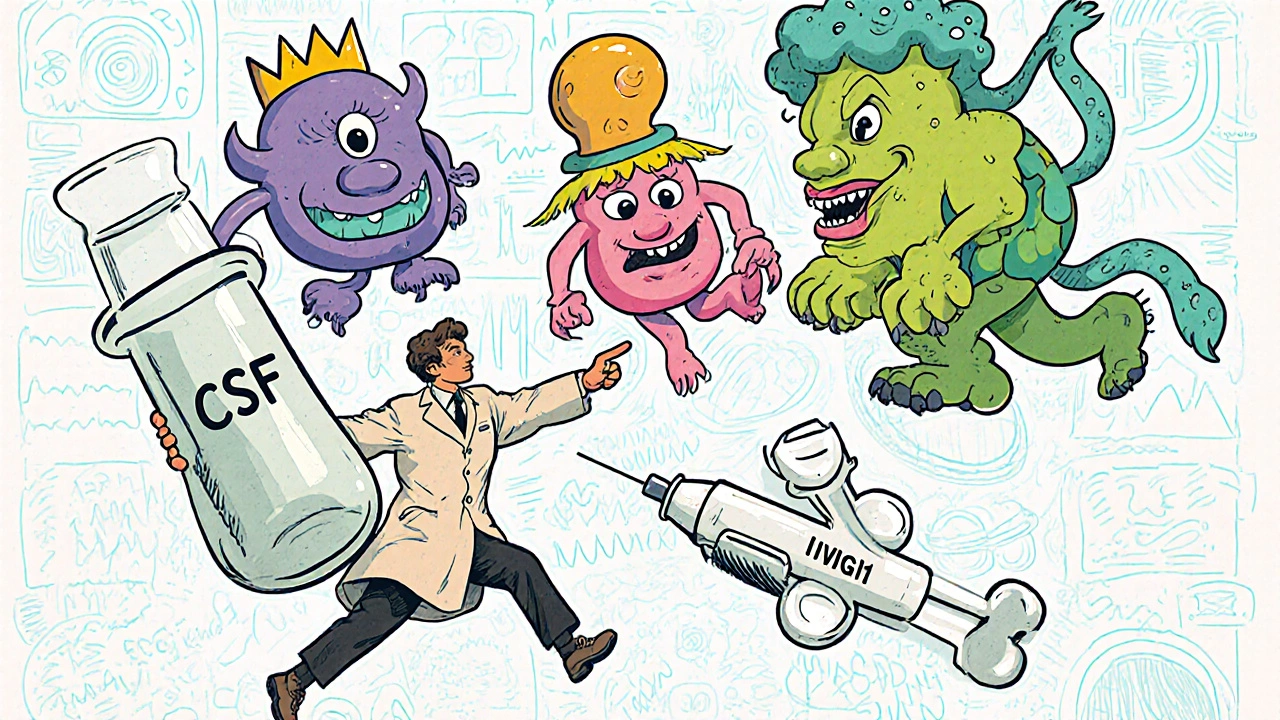
How It’s Diagnosed (And How It’s Not)
Doctors don’t rely on one test. They piece together clues. The 2023 updated diagnostic criteria look at four things: symptoms, antibody results, CSF findings, and brain imaging.
On an MRI, only about half of patients show visible brain changes. When they do, it’s usually mild swelling in the temporal lobes-where memory and emotion are controlled. That’s why limbic encephalitis is a common term. But a normal MRI doesn’t mean it’s not autoimmune encephalitis.
EEGs almost always show abnormalities-slowing in brain waves, not the classic patterns seen in viral infections. CSF is key: white blood cells are usually under 100 per microliter (much lower than in infections), and protein levels are only slightly raised. Oligoclonal bands? Usually negative. That helps rule out multiple sclerosis.
What it’s not: a cold, flu, psychiatric disorder, or epilepsy. If someone’s been labeled with “psychosis” for months and isn’t improving on antipsychotics, autoimmune encephalitis should be on the table.
How It’s Treated-Step by Step
Time is brain. The sooner treatment starts, the better the outcome. Studies show patients treated within 30 days have a 78% chance of good recovery. After 45 days, that drops to 42%.
First-line treatment is usually a one-two punch: high-dose steroids and IV immunoglobulin (IVIg). Methylprednisolone (1 gram per day for five days) reduces inflammation fast. IVIg-given over five days-helps reset the immune system. About two-thirds of patients improve within a week or two.
If a tumor is found-like an ovarian teratoma or lung cancer-removing it is the most important step. In anti-NMDAR cases, 85% of patients improve within four weeks after surgery. No tumor? Still start immunotherapy. Don’t wait for test results if the clinical picture is clear. Delaying treatment by even a few weeks can mean the difference between full recovery and permanent disability.
Second-line options kick in if the first round doesn’t work. That’s about 30-40% of cases. Rituximab (a drug that wipes out B-cells) helps 55% of people. Cyclophosphamide, a stronger chemo drug, works in 48%. Tocilizumab, originally for rheumatoid arthritis, is now showing promise in refractory cases.
Plasma exchange (plasmapheresis) is used for the sickest patients-those in ICU with breathing issues. It filters out the bad antibodies from the blood. Five to seven sessions over two weeks can lead to big improvements.

What Happens After Treatment?
Recovery isn’t instant. Even after the inflammation is under control, the brain needs time to heal. About 40% of survivors have lasting issues. Memory problems, trouble focusing, depression, anxiety, and occasional seizures can stick around.
That’s why rehab matters. Cognitive therapy improves memory in 65% of patients after 12 weeks. Physical therapy helps with movement disorders-half the people regain motor function in eight weeks. For sleep, melatonin (3-5 mg at night) helps 60% of people. For heart rate spikes, beta-blockers work in 75% of cases.
Recurrence is real. Anti-LGI1 comes back in 35% of cases-often after stopping treatment too soon. Anti-NMDAR returns in 12-25%, usually within 14 months. That’s why follow-ups every 3-6 months for two years are critical. And tumor screening? Repeat it at six months and a year-even if the first scan was clean.
What’s Next in Research?
Scientists are now looking for biomarkers to track how the disease is doing without repeated scans or spinal taps. GFAP, a protein released when brain cells are damaged, shows strong links to disease activity. It might soon be used to adjust treatment doses.
New drugs are in trials. B-cell depletion therapies and complement inhibitors-designed to block specific parts of the immune attack-are showing 60% response rates in people who didn’t respond to anything else. These could become standard within the next few years.
One thing is clear: early action saves lives. Dr. Josep Dalmau, who discovered anti-NMDAR encephalitis, says, “Every day counts.” If you’re seeing a cluster of neurological and psychiatric symptoms that don’t fit the usual picture, don’t wait. Push for testing. Start treatment while you wait for results. The window is narrow-but it’s wide enough to walk through-if you act fast.
Long-Term Outlook
Most people do recover-especially with early treatment. Around 70-80% of patients reach substantial improvement. But recovery isn’t the same as being back to normal. Many need ongoing support. The key is managing expectations: this isn’t a quick fix. It’s a marathon with rehab, monitoring, and patience.
For families, the hardest part is often the uncertainty. Symptoms can come and go. Mood swings can feel like the person is “not themselves.” But with time, structure, and the right care, many return to work, school, and life. The science is moving fast. What was once a death sentence is now a condition we can manage, and often, fully overcome.
Can autoimmune encephalitis be cured completely?
Yes, many people recover fully, especially if treated early. About 55% of anti-LGI1 cases and 45% of anti-NMDAR cases show complete recovery after two years. But recovery takes time-often months to years-and some people have lasting issues like memory problems or seizures. Early treatment and tumor removal (if needed) greatly improve the odds.
Is autoimmune encephalitis contagious?
No. It’s not caused by a virus or bacteria and cannot spread from person to person. It’s an internal immune system error, not an infection. You can’t catch it from someone else.
How is it different from regular encephalitis?
Regular encephalitis is usually caused by viruses like herpes or West Nile. It often causes high fever, severe headache, and very high white blood cell counts in spinal fluid. Autoimmune encephalitis has milder CSF changes, no fever in many cases, and specific antibodies in blood or spinal fluid. MRI and EEG patterns also differ. Treatment is completely different-antibiotics and antivirals don’t work.
Can children get autoimmune encephalitis?
Yes. While anti-NMDAR encephalitis is most common in young women, children-especially girls-can also be affected. Symptoms in kids may include tantrums, regression in speech or behavior, seizures, or sleep problems. It’s often misdiagnosed as autism or behavioral issues. If a child suddenly changes and doesn’t improve, autoimmune encephalitis should be considered.
Do I need to keep taking medicine forever?
Not usually. Most people stop immunotherapy after 6-12 months if they’re improving. But some need longer treatment, especially if they have a high-risk antibody like anti-LGI1 or if they’ve had a recurrence. Your neurologist will monitor you closely and adjust based on symptoms, antibody levels, and brain scans.
What should I do if I suspect someone has autoimmune encephalitis?
Don’t wait. Go to an emergency department or neurologist immediately. Bring a list of symptoms, when they started, and any recent illness. Ask for anti-neuronal antibody testing (serum and CSF), MRI, EEG, and lumbar puncture. If clinical suspicion is high, start treatment while waiting for results-delaying can cost brain function.
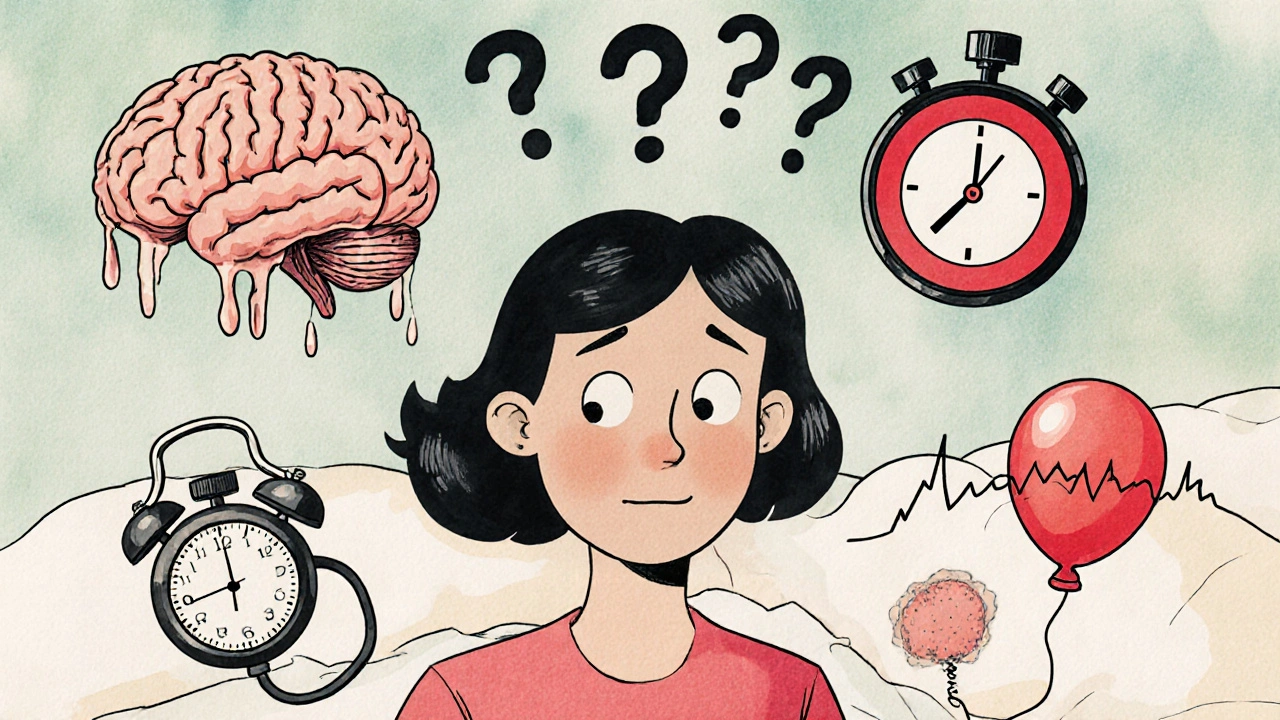
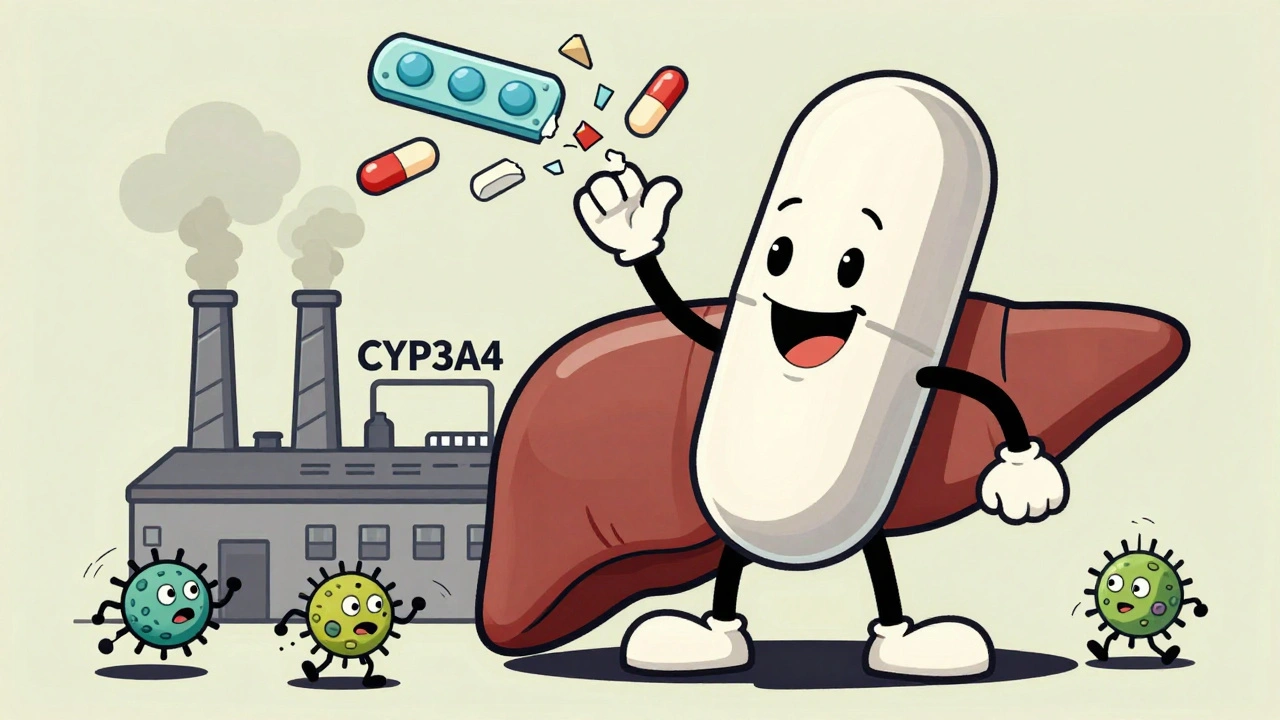
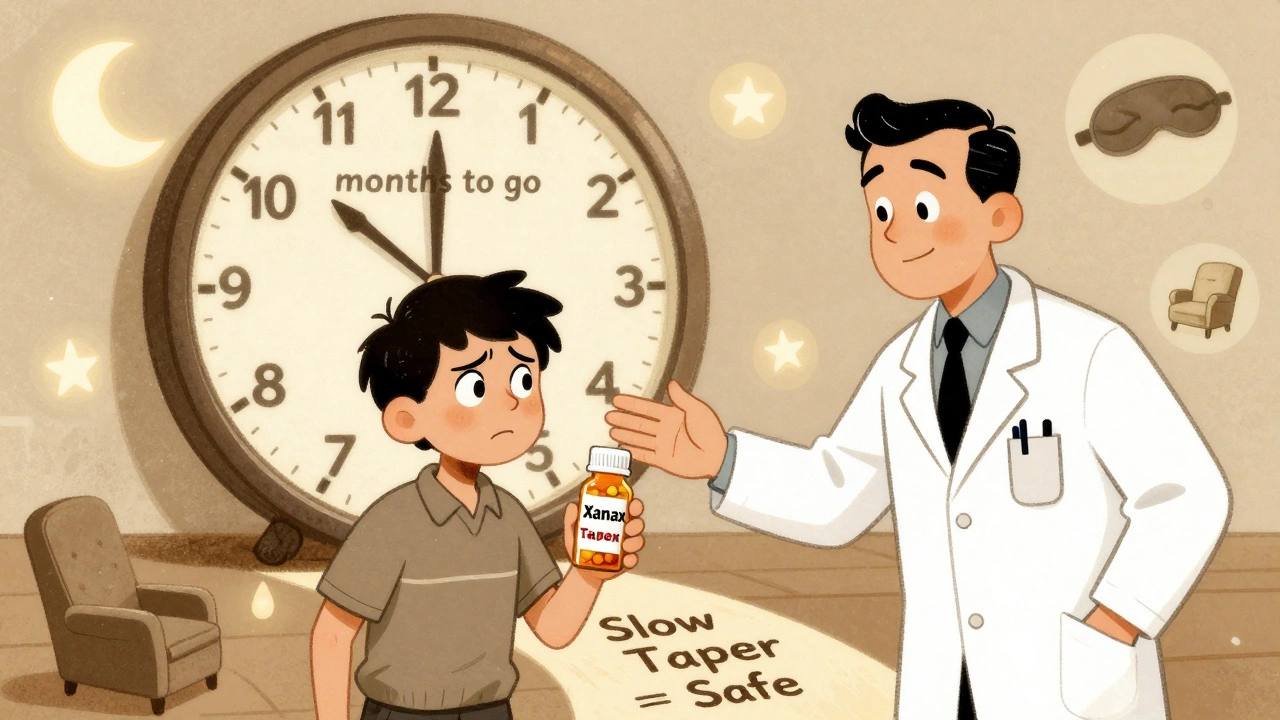
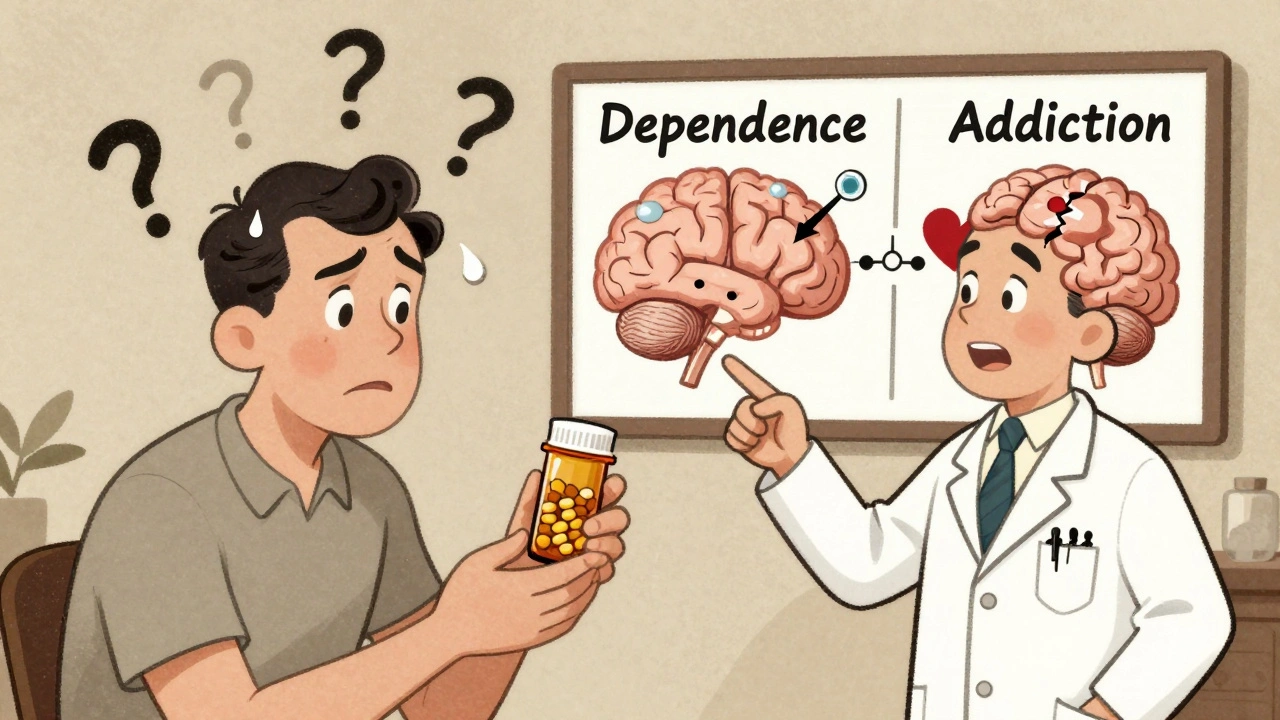
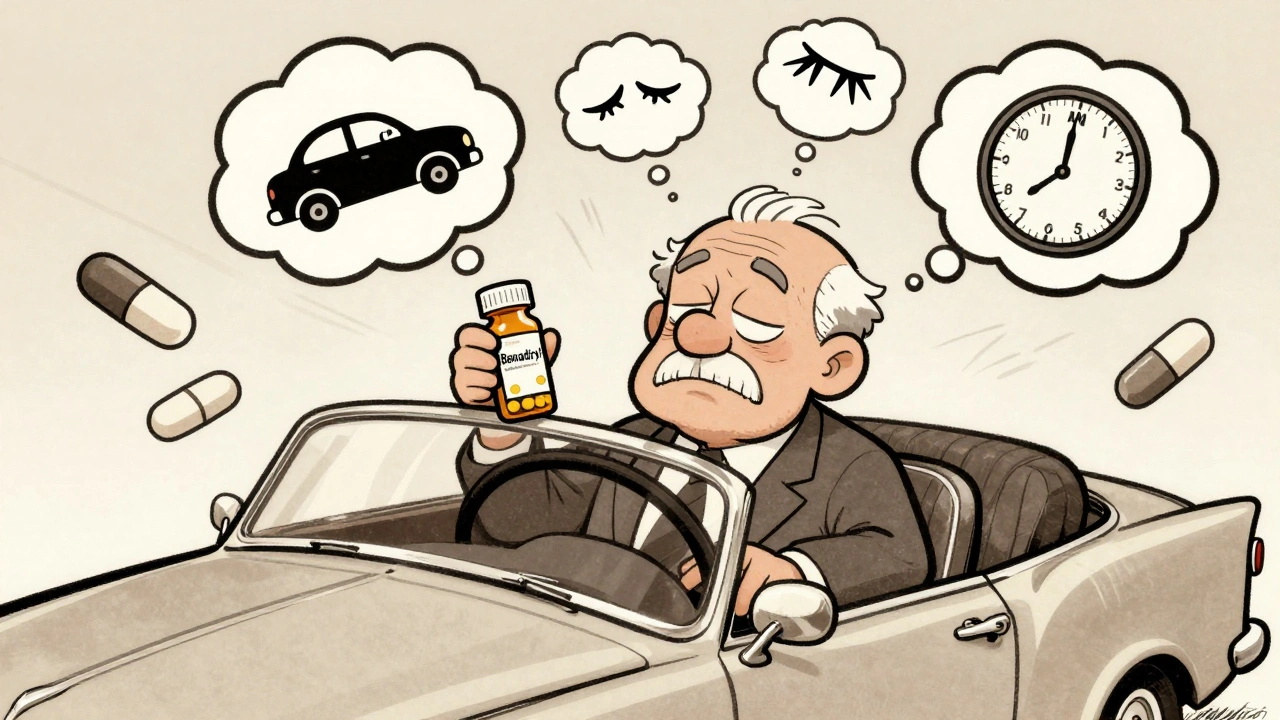
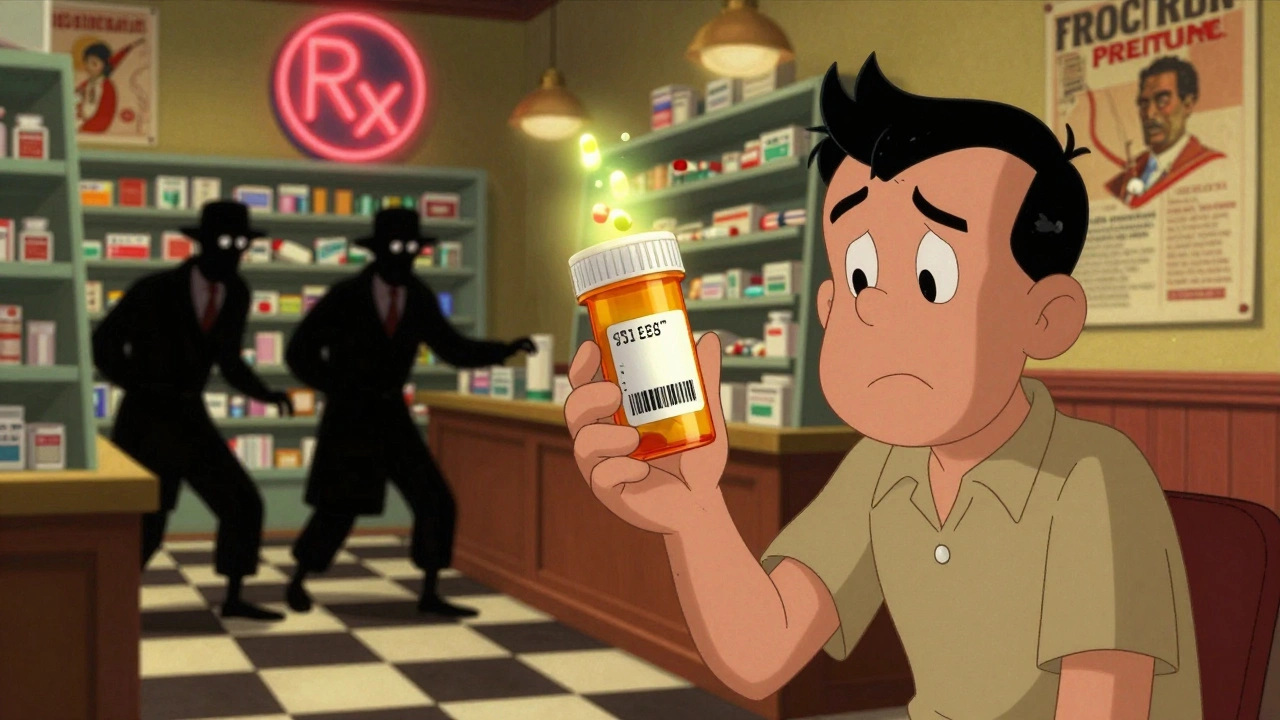
Pallab Dasgupta
November 25, 2025 AT 13:18Ellen Sales
November 27, 2025 AT 12:36giselle kate
November 28, 2025 AT 21:37Elise Lakey
November 30, 2025 AT 13:51Lisa Odence
November 30, 2025 AT 19:32Leisha Haynes
December 2, 2025 AT 00:33Shivam Goel
December 2, 2025 AT 06:32Erika Hunt
December 4, 2025 AT 03:00Rachel Villegas
December 5, 2025 AT 14:56